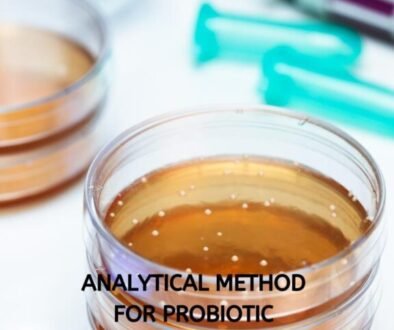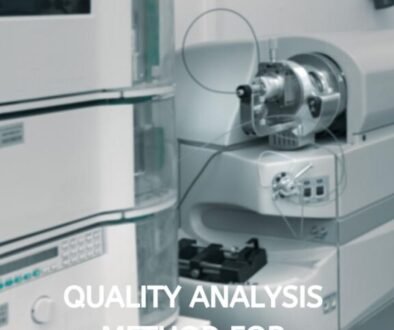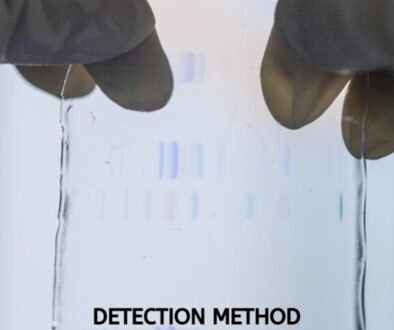TO ORDER Biotin CONTACT VIA WHATSAPP – +91-8090113353 OR VIA EMAIL – info@rass-biosolution.com

Biotin, also known as vitamin B7, is an essential water-soluble vitamin crucial for various metabolic processes, including the breakdown of carbohydrates, fats, and proteins. It also plays a vital role in hair, skin, and nail health. Because biotin is so important, accurate and reliable methods for its detection are essential in various fields, from food analysis and pharmaceutical quality control to clinical diagnostics and research. This article will explore some common analytical methods used for biotin detection.
Why is Biotin Detection Important?
Accurate biotin detection is necessary for several reasons:
- Nutritional Labeling: Ensuring accurate biotin content in food and supplement products is crucial for consumer safety and proper labeling.
- Quality Control: In the pharmaceutical and cosmetic industries, biotin detection is essential for quality control and product formulation.
- Clinical Diagnostics: Measuring biotin levels in biological samples can be important for diagnosing certain medical conditions.
- Research: Biotin detection is essential in various research areas, including biochemistry, cell biology, and nutrition.
Common Analytical Methods for Biotin Detection
Several analytical methods are employed for biotin detection, each with its own advantages and limitations. Here are some of the most commonly used techniques:
Microbiological Assays: These assays utilize microorganisms that require biotin for growth. The amount of microbial growth is proportional to the biotin concentration in the sample. While relatively simple and cost-effective, microbiological assays can be time-consuming and may lack specificity.
Enzyme-Linked Immunosorbent Assay (ELISA): ELISA is a highly sensitive and specific method that uses antibodies to detect and quantify biotin. This technique is widely used in various applications, including food analysis, clinical diagnostics, and research. ELISA offers high throughput and can be automated.
High-Performance Liquid Chromatography (HPLC): HPLC is a powerful analytical technique that separates and quantifies different components in a mixture. When coupled with appropriate detectors, such as UV or mass spectrometry, HPLC can be used to determine biotin levels with high accuracy and precision. HPLC is often the method of choice for complex matrices.
Liquid Chromatography-Mass Spectrometry (LC-MS/MS): LC-MS/MS is a highly sensitive and selective technique that combines the separation capabilities of liquid chromatography with the detection power of mass spectrometry. This method is particularly useful for analyzing biotin in complex samples, such as biological fluids, where other components might interfere with the analysis. LC-MS/MS is considered the gold standard for many applications.
Gas Chromatography-Mass Spectrometry (GC-MS): While less common than LC-MS/MS for biotin, GC-MS can be used under specific derivatization conditions. GC-MS is generally more suitable for volatile compounds, and biotin requires derivatization to make it volatile.
Spectrophotometric Methods: Some spectrophotometric methods utilize specific reagents that react with biotin to form colored products. The absorbance of the colored product is then measured to determine the biotin concentration. These methods can be relatively simple but may lack sensitivity and specificity compared to other techniques.
Choosing the Right Method
The choice of analytical method for biotin detection depends on several factors, including:
- Sample Matrix: The complexity of the sample (e.g., food, biological fluid, pharmaceutical product) can influence the choice of method.
- Sensitivity and Specificity Requirements: Different applications may require different levels of sensitivity and specificity.
- Cost and Availability of Equipment: The cost and availability of analytical equipment and reagents can also be a factor.
- Throughput Requirements: Some methods are more suitable for high-throughput analysis than others.
Conclusion
Accurate and reliable biotin detection is essential in various fields. Several analytical methods are available for this purpose, each with its own advantages and limitations. The choice of method depends on the specific
application and the factors mentioned above. From microbiological assays and ELISA to HPLC and LC-MS/MS, a range of techniques are available to detect and quantify biotin in different matrices. Understanding the principles and applications of these methods is crucial for researchers, analysts, and anyone involved in biotin-related studies or industries
At Rass BioSolution, we understand the importance of high-quality testing methods and are committed to ensuring that our products meet the highest standards of safety and efficacy. We do care for your health and well-being. You can visit RASS BIOSOLUTION PVT. LTD. to purchase our bespoke product. We do give you the greatest deal without sacrificing the product’s quality.


